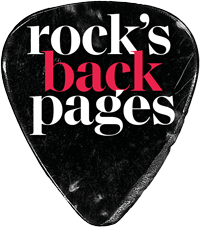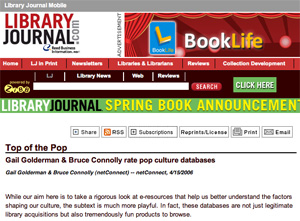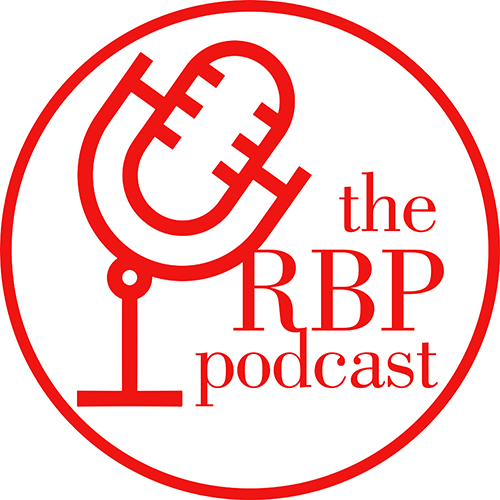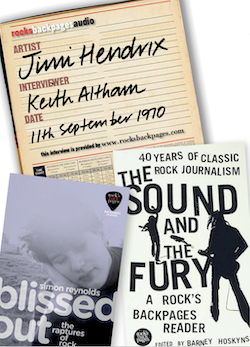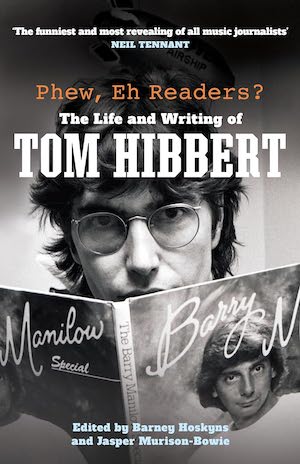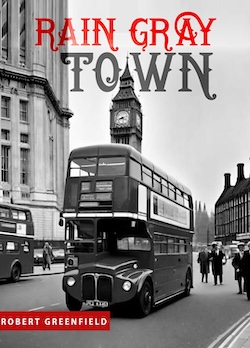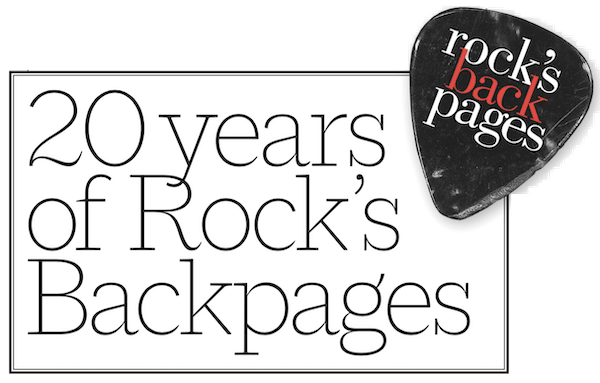Library Journal
http://www.libraryjournal.com/article/CA6322018.html
Top of the Pop
Gail Golderman & Bruce Connolly rate pop culture databases
Gail Golderman & Bruce Connolly (netConnect) -- netConnect, 4/15/2006
While our aim here is to take a rigorous look at e-resources that help us better understand the factors shaping our culture, the subtext is much more playful. In fact, these databases are not just legitimate library acquisitions but also tremendously fun products to browse.
Leading the way are African American Song (AAS) and Smithsonian Global Sound for Libraries. Both match a unique musical resource, with authoritative liner notes to help place the recorded material into scholarly context. We look forward to the release later this year of African American Music Reference, which will merge with AAS to produce an even more powerful resource.
Rock's Backpages is the most entertaining product we have ever reviewed. This archive of rock criticism from the early 1960s onward is sure to be popular with everyone from the baby boomer Chuck Berry fan to the 16-year-old who has just discovered Pink Floyd. What's more, it opens up a unique window into the culture of the past 40 years that few libraries have been able to capture.
Taking Apple's advice to “think different,” we also looked at the iTunes Music Store, a resource with tremendous potential for libraries. If you have wondered how to see one of the Oscar nominees in the Best Live Action Short Film category, take note: you can download them all from iTunes for $1.99 each!
Finally, Gale's Popular Culture eCollection deftly combines a handful of ebooks dealing with pop culture with a select subset of periodical titles from the InfoTrac database to form a coherent and multidimensional research tool.
Rock's Backpages Backpages Limited
Content Rock's Backpages represents the gold standard of rock writing, combining a mouth-watering lineup of classic fanzines—Punk, Trouser Press, Bomp, and the slightly more legitimate Creem—with more mainstream staples of the popular music press, including Spin and Rolling Stone. It also stirs in genre titles like Blues Revue and a choice selection of contemporary British publications such as Mojo, NME, and Uncut. The result is a source list that is unique and, for rock fans, simply irresistible.
A number of temptations beckon from the Library page. The left-hand frame provides access to a discussion Forum, Audio interviews, Writers profiles, and Links to radio stations and rock-related web sites. A listing of The Top Ten Articles Read Last Week and a second that identifies new additions (“Chris Roberts meets the king and queen of rural doom, the Cowboy Junkies” from a 1990 issue of Melody Maker) help communicate the sort of material a searcher will find here.
Between 8000 and 9000 articles, interviews, and reviews dating from 1963 through 2005 are currently incorporated into the Library, which grows by 30 to 50 articles per week.
Searchability Searchers enter the Library using the Quick Search by ARTIST mode—seven alphabetically grouped pull-down menus plus another organized by number (including 10,000 Maniacs, The 101'ers, and several other bands). The A–Z list of artists, which provides a more easily navigated full-page display, is a welcome alternative to the pull-down menus.
Quick Search by Writer gives the searcher a look at the nearly 300 rock critics assembled here, including Lester Bangs, Anthony DeCurtis, Greil Marcus, David Marsh, and Ed Ward. Absent, however, are Robert Christgau of the Village Voice, Robert Hilburn of the Los Angeles Times, and Jon Parales of the New York Times.
Generally, the Quick Search by Subject vocabulary is descriptive enough to be intelligible (Punk, Surf, Tex-Mex, and Chicano) and broad enough to be meaningful (Metal, but not Metal's dozens of painful-sounding subgenres). A few of these entries, however, are likely to be completely mysterious to all but the cognoscenti. Genre terms like Crusty and Sunshine Pop with a single article each or Paisley Underground with just four pieces in the Library provide little value in terms of access to the resource's contents.
The Subject menu also serves as a vehicle for finding themes that are closely associated with rock, such as, for example, Music and the net; Politics and society; Recording, production and technology; and, of course, Drugs. Here, too, the searcher can opt for A–Z subject access to Rock's Backpages' contents.
Tucked below the A–Z list of subjects (and well down the screen) is a single search box. A pull-down menu enables the searcher to determine how the terms should relate to one another—i.e., as a phrase, or implicitly, or in Boolean combinations.
Advanced Search mode combines a single text box with six pull-down menus. As in Quick Search, the first pull-down enables searchers to find their terms when they appear as a phrase or in combination.
The next pull-down option lets users search all years or limit the search to one specific year. There is no date range search option. The remaining pull-downs enable users to tailor their rock literature searches by subject/genre, rock writer, or artist as they would in Quick Search. The artist list, now combining seven very long lists into one seemingly endless one, will send most users back to the keyword search box. Rock's Backpages also adds a magazine title index in Advanced Search, and all of these indexes may be mixed, matched, and combined with keyword terms as the searcher sees fit.
When we tried to find Lester Bangs's classic defense of Lou Reed's Metal Machine Music in Creem and the account of Bono's transformative encounter with Keith Richards in Musician, we came up empty-handed. However, what we did find was an interview in which a genial Reed enthusiastically recalls the jazz show he hosted during his college days. A testimony from a waiter (corroborated by a bartender) that Keith is a generous tipper was admittedly just as engaging.
Overall, search capabilities are adequate but not flashy. There is no mention of truncation (nor any online help at all, for that matter), although we did get several more hits with a search for “on new york doll” than “on new york dolls.” There is no marking, saving, emailing, or exporting to a bibliographic management application.
Price A six-month personal subscription goes for $30; for a full year, it is $50. The annual subscription cost for academic libraries is $1000. Public libraries and private schools pay $450, and public schools may have access for just $150 per year.
Who Needs It? From a librarian's perspective, the ideal electronic resource provides cover-to-cover full-text access to a set list of periodical titles over a fixed range of years. While that is unquestionably a good thing, it is not what's happening here. Yes, Rock's Backpages is about rock music, but more than that it is about how much rock writers really love rock music. It is about the connection between rock writers and the musicians they revere but whom they also hold to a very high standard. It is about writers who are thoroughly conversant with the work they review and every musical project in which the artist in question ever had a hand. It is about interviews that are not just intimate but almost seductively so.
For the user, Rock's Backpages is equally about discovery and rediscovery. Because the gaps in its coverage mean you can't replace those 25-year-old copies of Trouser Press electronically is immaterial, since the individual subscriber whom this resource targets is not going to part with a treasure like that anyway.
Rock's Backpages is also a treasure from a librarian's view, because there is nothing out there that is even remotely like it for exploring the past 40 years of rock music history or the culture that rock music helped to shape. Be cool. Subscribe.
back to Press Room


